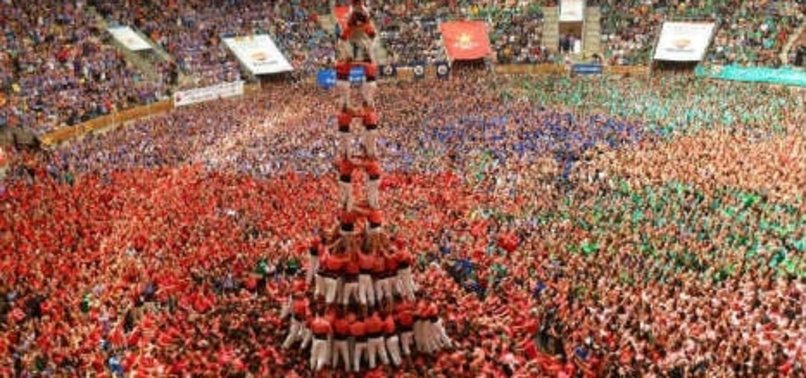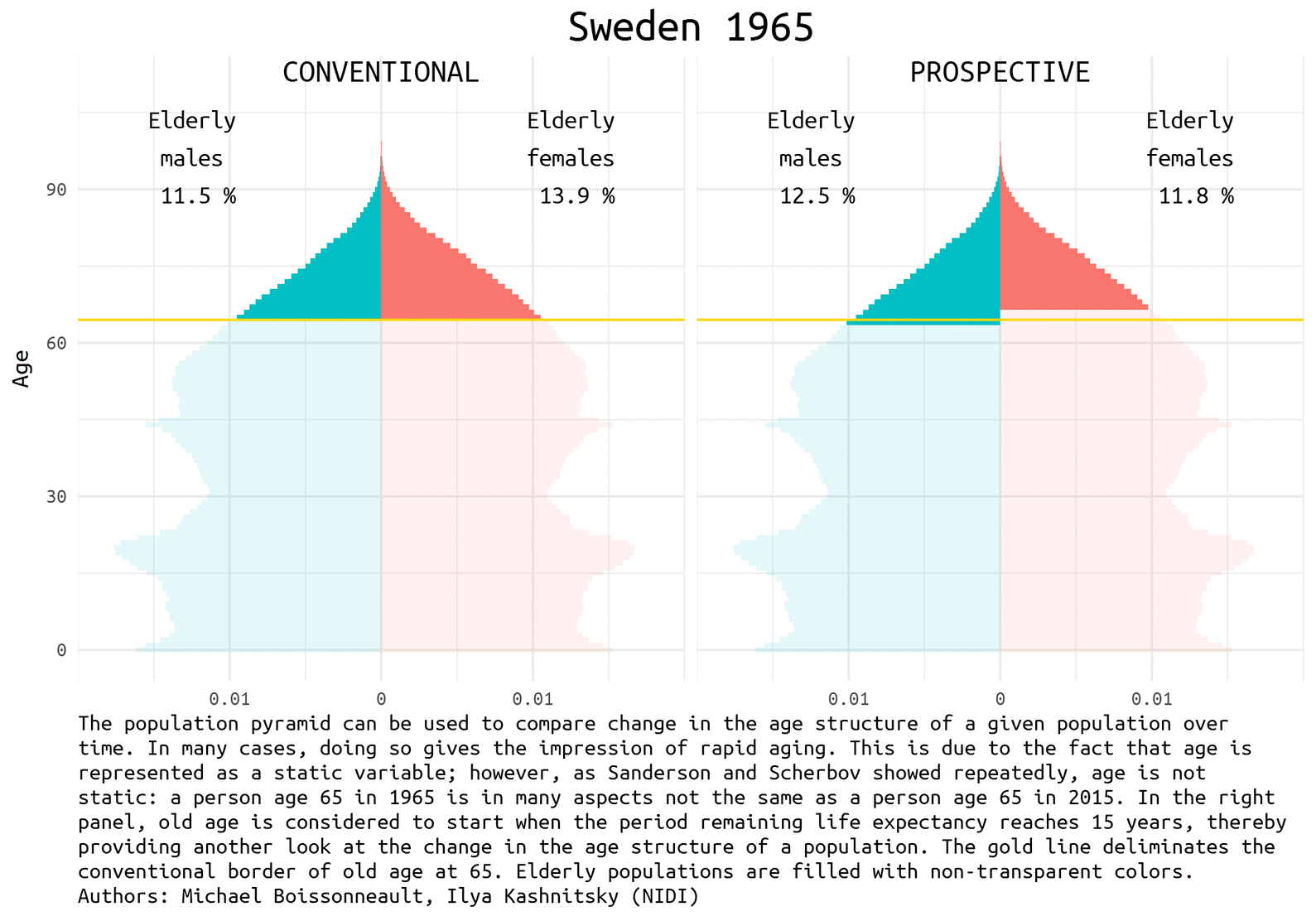
Floors and walls can be constructed to transfer the shaking energy downward through the building and back to the ground. Engineers must design in structures that can absorb the energy of the waves throughout the height of the building. Skyscrapers everywhere must be reinforced to withstand strong forces from high winds, but in quake zones, there are additional considerations. Wood and steel have more give than stucco, unreinforced concrete, or masonry, and they are favored materials for building in fault zones. Of course, the materials a building is constructed from also determine its strength, and again, flexibility is important. This clip is 40 seconds long, the same length of time as the 1906 earthquake. The movement of the pointy TransAmerica building is more complicated than that of the much smaller red Coit Tower atop Telegraph Hill.


When the quake hits Jell-O San Francisco, watch how the different buildings shake. When planning the seismic safety of a building, structural engineers must design the support elements of shorter buildings to withstand greater forces than those of taller buildings. It requires less effort to remain standing if you flex your body and flow with the bumps and jolts than if you stiffly try to defy them.īecause shorter buildings are stiffer than taller ones, a three-story apartment house is considered more vulnerable to earthquake damage than a 30-story skyscraper. You can feel this same phenomenon while you're riding a bus or subway. The more flexible it is, the less energy is required to keep it from toppling or collapsing when the earth's shaking makes it sway. The taller a structure, the more flexible it is. You might think that a skyscraper would be more dangerous than a smaller office building, but in fact, the opposite is often true. When the ground beneath a building shakes, it makes the building sway as the energy of a quake’s waves moves through it. Engineering the seismic safety of a structure involves the same considerations as any real estate venture-design, construction, and location, location, location. But groundshaking is actually a complex phenomenon.

It might seem obvious to say that earthquakes do most of their damage by shaking the ground. How a quake will affect the people of a city has a lot to do with how the city, its residents, and nearby governments have engineered structures and pipelines. Most of the damage we associate with earthquakes involves human-built structures: people trapped by collapsed buildings or cut off from vital water or energy supplies. Why? The answer lies in how their buildings and bridges are designed. While the events that will inevitably shake these cities may be similar, the tolls they will take on the cities’ populations and infrastructures will be very different. What do San Francisco, Tokyo, and Istanbul have in common? They are the three most densely populated cities on the planet where seismologists expect major earthquakes. Many buildings were not engineered to withstand seismic shock, and so collapsed. Witness liquefaction in action, and see for yourself how sand, water, and a little jolt can make bricks-and buildings-fall over. Fort Mason (on the right) is on bedrock, less than a mile from the other location, which is on landfill. These two seismograms were taken from different locations in San Francisco during the 1989 Loma Prieta earthquake. The damping effect of base isolators on the movement of a skyscraper.


 0 kommentar(er)
0 kommentar(er)
